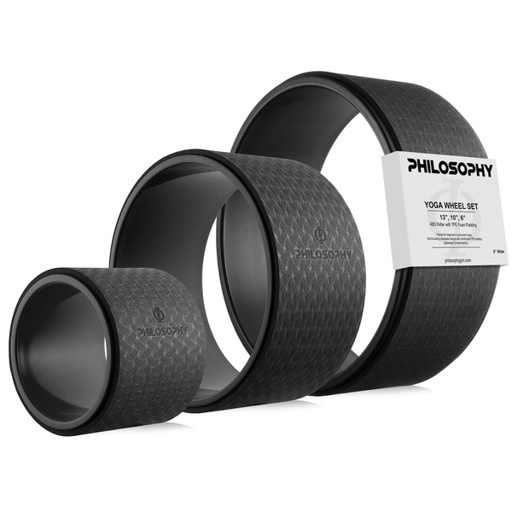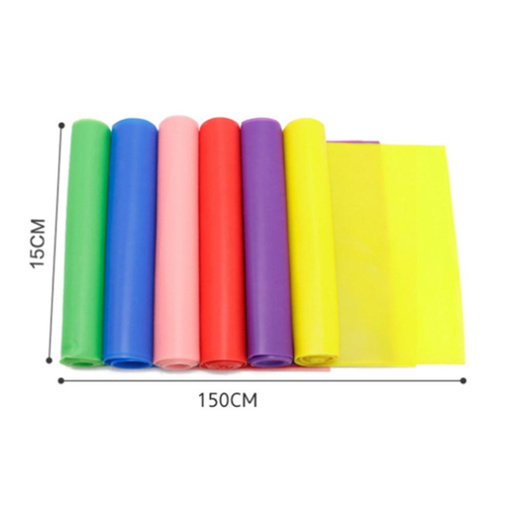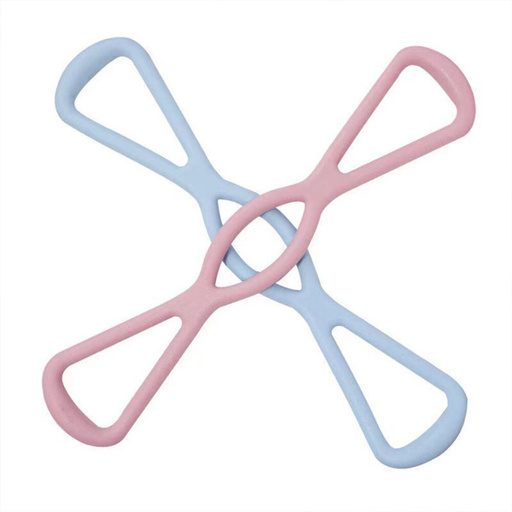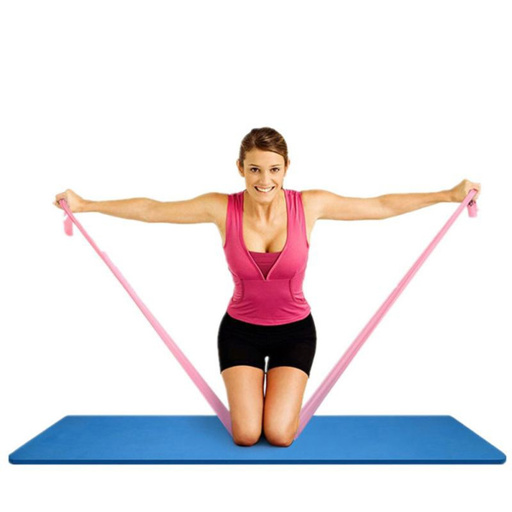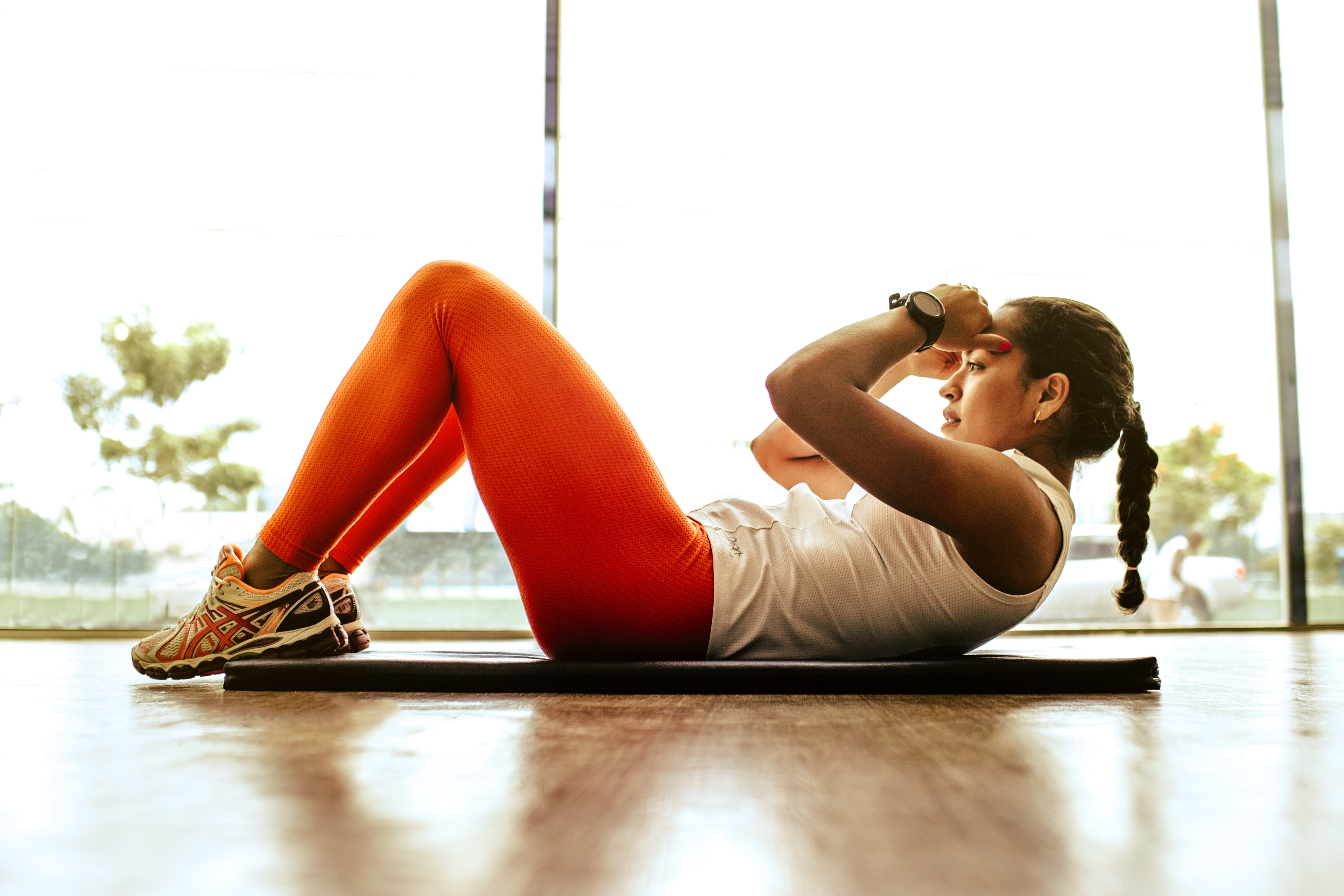
Yoga equipment encompasses a variety of items designed to enhance the practice of yoga, a discipline that combines physical exercises, mental meditation, and breathing techniques to strengthen the body and relax the mind. These tools aid in improving posture, increasing comfort, and helping practitioners of all levels to perform yoga poses safely and effectively. The right equipment can be a valuable asset in a yogi's journey, whether they are beginners or advanced practitioners.
Types of Yoga Equipment
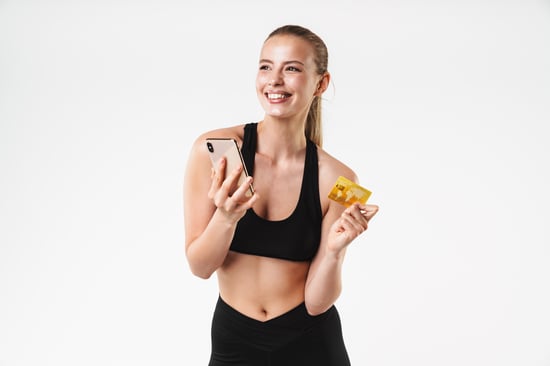
Yoga equipment can be categorized into several types, each serving a specific purpose to accommodate different aspects of the practice:
Yoga Mats: These are the foundation of yoga practice, providing a non-slip surface that helps to stabilize poses and prevent injury. Mats vary in thickness, material, and texture, catering to different preferences and needs.
Yoga Blocks: Blocks are used as an extension of the arms, but they can also support the back, head, and hips to help the body settle into a pose with better alignment.
Yoga Straps: Straps are beneficial for those who are not yet flexible enough to reach their toes or to hold poses for longer periods. They can help in achieving deeper stretches and maintaining proper pose alignment.
Yoga Bolsters: These cushioned props support the body to help relax and stretch, particularly during restorative poses, meditation, and pranayama (breathing exercises).
Yoga Blankets: Blankets add comfort and support in various poses. They can be folded to provide height for seated poses or rolled to support the neck or back.
Yoga Wheels: Wheels are a newer type of prop that can be used to enhance flexibility, aid in backbends, and release tension in the spine.
Yoga Clothing: Proper attire is crucial for a comfortable practice. Clothing should be breathable, flexible, and fit well to allow for a full range of motion.
How to Choose Yoga Equipment

When selecting yoga equipment, consider the following factors to ensure an appropriate and beneficial choice for your practice:
Material and Durability: Choose high-quality materials that provide a balance between grip and comfort and are durable enough to withstand regular use.
Personal Comfort: Equipment should suit individual comfort levels. For example, thicker mats can provide extra cushioning for knees or wrists.
Practice Level: Beginners may benefit from props like blocks and straps to help with flexibility, while experienced practitioners might look for advanced equipment like yoga wheels.
Safety: Ensure the equipment supports your body correctly and is stable enough to prevent injuries, especially when trying new or challenging poses.
Ease of Cleaning: Look for equipment that is easy to clean and maintain, as hygiene is important in a regular yoga practice.
Portability: If you attend yoga classes outside your home, consider lightweight and portable equipment that is easy to carry.
Yoga Equipment FAQs
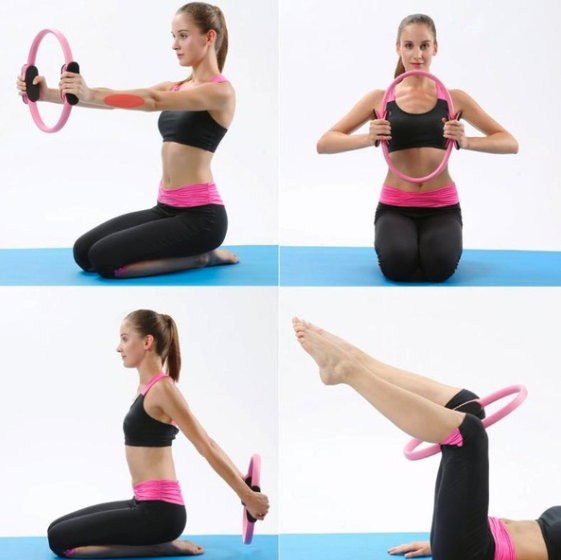
What types of yoga mats are available?
There are various types of yoga mats available to cater to different preferences and practices. These include standard sticky mats that provide good grip and stability, eco-friendly mats made from natural materials like rubber or jute, and travel mats that are lightweight and easy to fold. Additionally, there are thicker mats for extra cushioning and mats with alignment marks to help with proper positioning.
How do I choose the right thickness for a yoga mat?
The right thickness for a yoga mat depends on personal preference and the type of yoga practice. A standard yoga mat is about 1/8 inch thick and provides a solid connection to the floor, which is beneficial for balance. If you have sensitive joints or prefer extra cushioning, a thicker mat, around 1/4 inch, may be more comfortable. However, be aware that thicker mats can make balance poses more challenging.
Can yoga blocks be used for all styles of yoga?
Yes, yoga blocks can be used across all styles of yoga. They are versatile tools that help in achieving the correct alignment, providing support, and making poses more accessible. Whether you are practicing Hatha, Vinyasa, Iyengar, or restorative yoga, blocks can be integrated into your routine to assist with flexibility and stability.
What are the benefits of using a yoga strap?
A yoga strap can aid in stretching and can help maintain alignment in poses that require a certain level of flexibility which may not yet be attainable. They are especially useful for extending reach in poses like forward bends or to hold limbs together in poses where they might otherwise fall apart, such as reclining leg stretches.
How do I select the appropriate size for yoga clothing?
When selecting yoga clothing, it's important to choose pieces that fit snugly without restricting movement. Clothing should allow for a full range of motion and remain in place as you move through various poses. Breathable, moisture-wicking materials are also recommended to keep you comfortable throughout your practice. It's advisable to try on yoga clothing to ensure the fit is right for your body type and yoga style.
Are yoga wheels suitable for beginners?
Yoga wheels can be suitable for beginners, but it is important to start with basic exercises and use the wheel for support rather than attempting advanced poses right away. They can help open up the chest, shoulders, and back, but should be used with caution and possibly under the guidance of a yoga instructor to ensure proper form and prevent injury.
How often should I clean my yoga equipment?
Yoga equipment should be cleaned regularly to maintain hygiene and longevity. Mats should be wiped down after each use, especially if you tend to sweat a lot. Other props like blocks, straps, and bolsters should be cleaned as needed, depending on the frequency of use and personal hygiene preferences. Always follow the manufacturer's instructions for cleaning to avoid damaging the equipment.
What should I consider when buying a yoga bolster?
When buying a yoga bolster, consider the shape, size, firmness, and material. Bolsters come in various shapes such as rectangular or round, and the choice depends on personal preference and the specific poses you plan to use it for. The material should be durable and the cover removable for easy cleaning. The firmness should support your body weight without sinking too much.
Is it necessary to use a yoga blanket?
While not strictly necessary, a yoga blanket is a versatile tool that can enhance your practice. It provides additional padding for seated poses, can be used as a prop for restorative poses, or as a cover during relaxation at the end of a session. If you often find the studio's floor hard or cold, or if you want extra support during your practice, a yoga blanket can be a valuable addition to your yoga gear.
How do I choose the right yoga wheel size?
The right size for a yoga wheel depends on your body size and flexibility. A standard yoga wheel is around 12 inches in diameter, which suits most individuals. If you are taller or have a larger body, you might opt for a larger wheel, whereas a smaller wheel can be better for those with a petite frame or less flexibility. It's important to feel comfortable and stable when using a yoga wheel, so consider trying different sizes to find the best fit.

